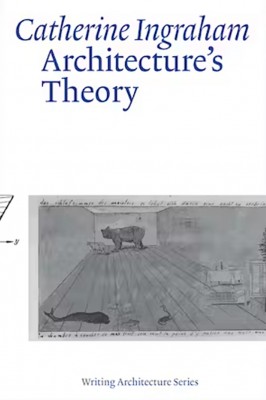By Catherine Ingraham
From poststructuralism and deconstruction to current theories of technology and nature, critical theory has long been closely aligned with architecture. In turn, architecture as a thinking profession materializes theory in the form of built work that always carries symbolic loads. In this collection of essays, Catherine Ingraham studies the complex connectivity between architecture's discipline and practice and theories of philosophy, art, literature, history, and politics. She argues that there can be no architecture without theory. Whether considering architecture's relationship to biomodernity or exploring the ways in which contemporary artists and designers engage in figural play, Ingraham offers provocative interpretations that enhance our understanding of both critical theory and architectural practice today. Along the way, she engages with a wide range of contemporary theorists including: Giorgio Agamben; Judith Butler; Jacques Derrida; Graham Harman; and Timothy Morton. She considers buildings around the world: Palace of Culture, Warsaw; the Viceroy's House complex, New Delhi; Mack Scogin and Merrill Elam's Wolfsburg Science Center project, Germany; and the Superdome, New Orleans.
Cambridge, MA, 2023, 20 x 14 cm, 328pp, illustrated, Paperback.
